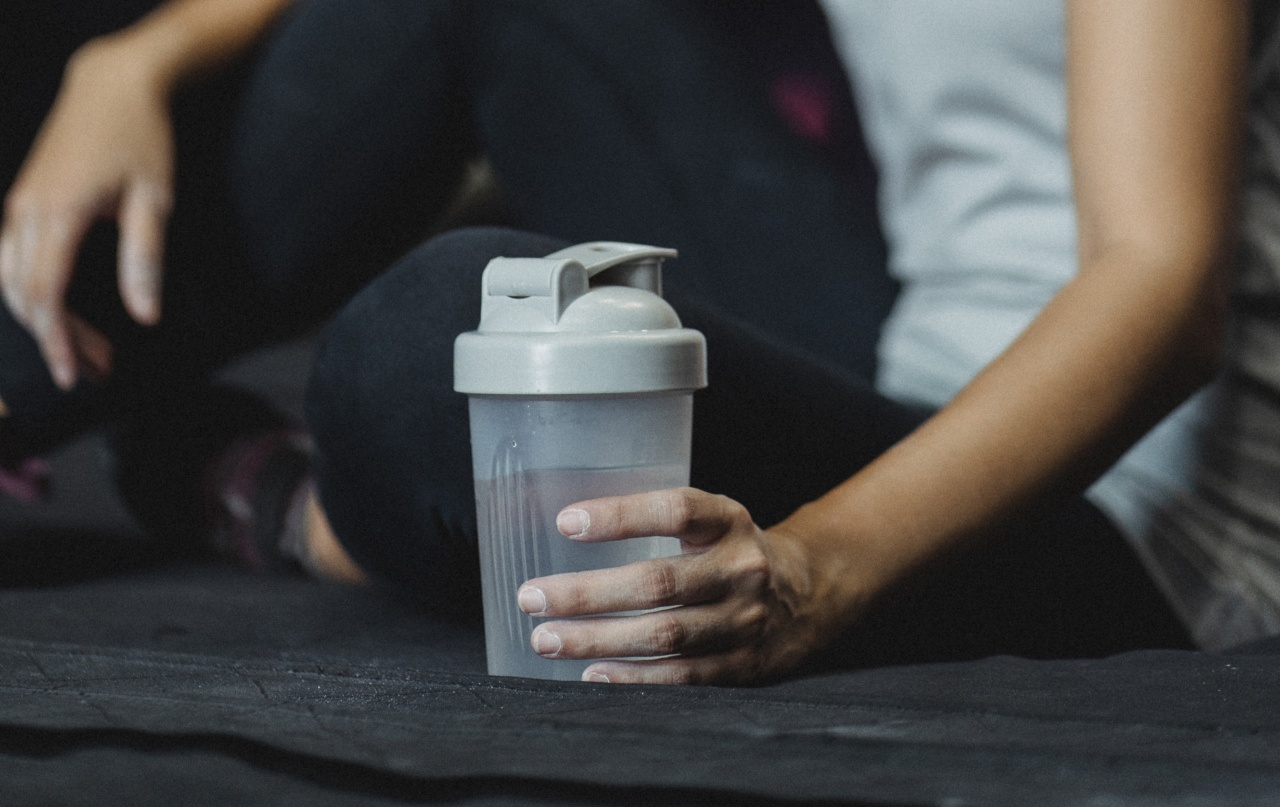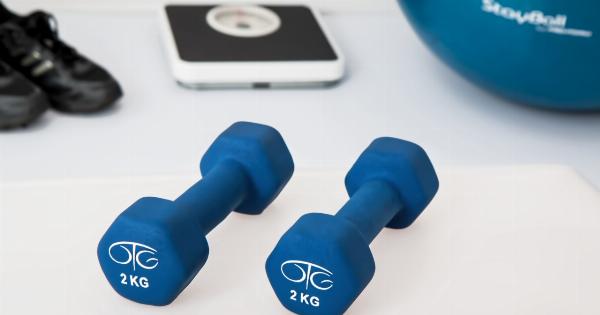Stroke is a life-changing event that can impact the physical, emotional and social aspects of an individual. It can damage the brain and nervous system, leading to decreased mobility, speech problems, memory loss, depression and more.
Stroke recovery is a long and challenging process, but there is hope for those who have survived a stroke. One effective way to improve recovery is through exercise.
What is Stroke?
Stroke is a medical condition that occurs when the blood flow to the brain is disrupted. This can happen when a blood vessel in the brain is blocked (ischemic stroke) or when a blood vessel bursts (hemorrhagic stroke).
When the brain is deprived of blood and oxygen, brain cells begin to die, leading to permanent brain damage. Stroke is the fifth leading cause of death in the United States and a major cause of long-term disability.
How Does Exercise Help?
Exercise is a powerful tool for stroke recovery. It can help rebuild physical strength, improve mental health, and promote overall well-being. Exercise can also help reduce the risk of future strokes. Here are some of the key benefits:.
Improved Movement and Balance
Physical therapy and exercise can help rebuild muscle strength, improve coordination and balance. This can help reduce the risk of falls and improve overall mobility.
Exercise can also help reduce spasticity and muscle stiffness, which are common after a stroke.
Improved Cardiovascular Health
Regular exercise can help improve heart health and reduce the risk of future strokes. Exercise can help lower blood pressure, reduce cholesterol levels, and improve circulation.
This can help prevent the buildup of plaque in the arteries and reduce the risk of atherosclerosis.
Improved Mental Health
Stroke survivors often experience depression and anxiety, which can hinder recovery. Exercise can help improve mood and reduce stress levels. It can also boost self-esteem and promote a sense of accomplishment.
Improved Cognitive Function
Stroke can affect cognitive function, including memory and attention. Exercise can help improve cognitive function by increasing blood flow to the brain and promoting the growth of new brain cells.
This can lead to improved memory, concentration, and problem-solving skills.
Improved Quality of Life
Exercise can help stroke survivors regain independence and improve their overall quality of life. Regular exercise can help reduce the need for long-term care and improve the ability to perform daily tasks.
Types of Exercise
There are several types of exercise that can be beneficial for stroke recovery. Here are some of the most common:.
Aerobic Exercise
Aerobic exercise, such as walking, jogging, or cycling, can help improve cardiovascular health and overall fitness. It can also help improve mood and reduce stress.
Strength Training
Strength training can help rebuild muscle strength and improve overall physical function. It can also help reduce the risk of falls.
Flexibility and Balance Training
Flexibility and balance training, such as yoga or tai chi, can help improve balance and reduce the risk of falls. It can also help reduce muscle stiffness and improve overall mobility.
When to Start Exercising
It’s important to consult with a healthcare provider before starting any exercise program, especially after a stroke. The type and intensity of exercise will depend on the individual’s overall health and physical condition.
In general, it’s recommended to start with low-intensity exercise and gradually increase the intensity and duration as tolerated.
Conclusion
Exercise is an essential part of stroke recovery. It can help improve physical function, cognitive function, and overall well-being.
Incorporating regular exercise into a stroke survivor’s daily routine can have a significant positive impact on the recovery process, and reduce the risk of future strokes.































